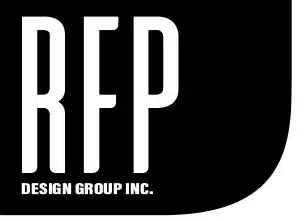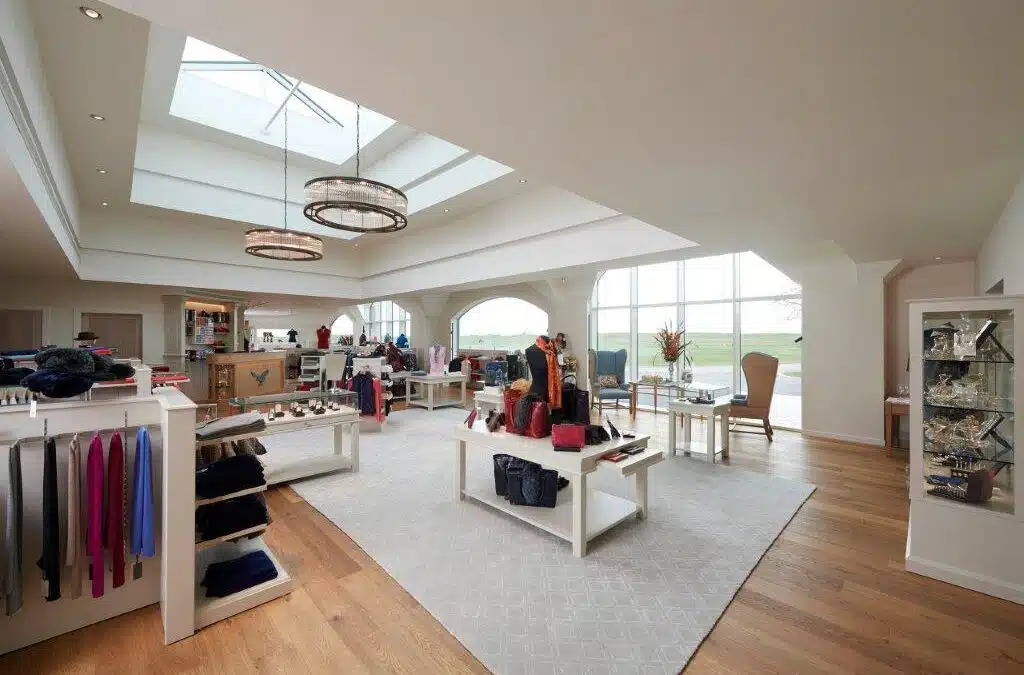Why Natural Lighting is Taking Over Retail Design
In retail design, you want your store to be lit as beautifully as possible. One of the biggest trends in retail design is harnessing natural light to do that for you.
A major mistake in retail design is focusing entirely on layout and displays, and then fitting in lighting design afterwards. Natural Lighting is one of the most important elements of any shop design and should be considered simultaneously with your overall concept design. Ambient lighting (the overall tone or mood of a space), accent lighting (areas that pop with a spotlight), task lighting (change rooms, storerooms, cash or help desks, anywhere that requires staff to perform a function), or purely decorative lighting elements all play a factor in retail success. Since between 60 and 90% of the information that reaches us in the first 90 seconds is related to color, lighting is pivotal to conveying a first impression of product, brand, and mood.
It’s also a significant budget factor to consider – lighting can comprise of up to 43% of your energy costs.
Going Au Natural in Retail Lighting
But while lighting has always been a key component to retail design, there has been one important trend in this area over the last few years. Incorporating natural light into retail design, otherwise known as “daylighting,” is taking off for several reasons, from local independent shops to major department store chains.
Pros of Daylighting:
- It cuts energy costs: As stated above, lighting is a big part of a store’s energy use (which is itself the fourth largest in-store operating cost for retailers). Sunlight is free!
- It’s eco-friendly: Not only does increased natural light lessen the environmental footprint of a business, it appeals to consumers. “An estimated 68 million adult Americans base their purchases on their values—personal, social and environmental—and say they will spend up to 20% more on environmentally sound products,” says the Retail Industry Leaders Association.
- It’s a better look: When department stores like Macy’s opened up their windows to let sunlight into the stores, shoppers got the bonus of a city view. Plus, Chain Store Age writes, “Everything from fresh fruit to soda bottles looks better under skylights because daylight accurately renders all wavelengths of light within the visible color spectrum” and “stores with natural illumination were reported to feel more inviting by customers.”
- It boosts productivity: Like customers, employees like being surrounded by natural light. Suntuitive writes, “Proper exposure to daylight allows for increased mood. Happy workers perform up to 12% better than unhappy ones.”
- It boosts sales: All of these benefits of daylighting combine to boost sales in stores that are naturally lit. Research has found that sales could lift even up to 40% with the addition of natural light to artificially lit stores.
Natural light also has its own quirks – it could potentially damage products, it can be unpredictable and inconsistent, and for some spaces it could be financially difficult or just plain impossible to access natural light. In those cases, current technology in lighting can recreate the effect of natural light. Alcon Lighting recommends using LED lightbulbs that have a colour temperature of around 4,000 to 4,500 Kelvin to achieve a pure and natural look.

